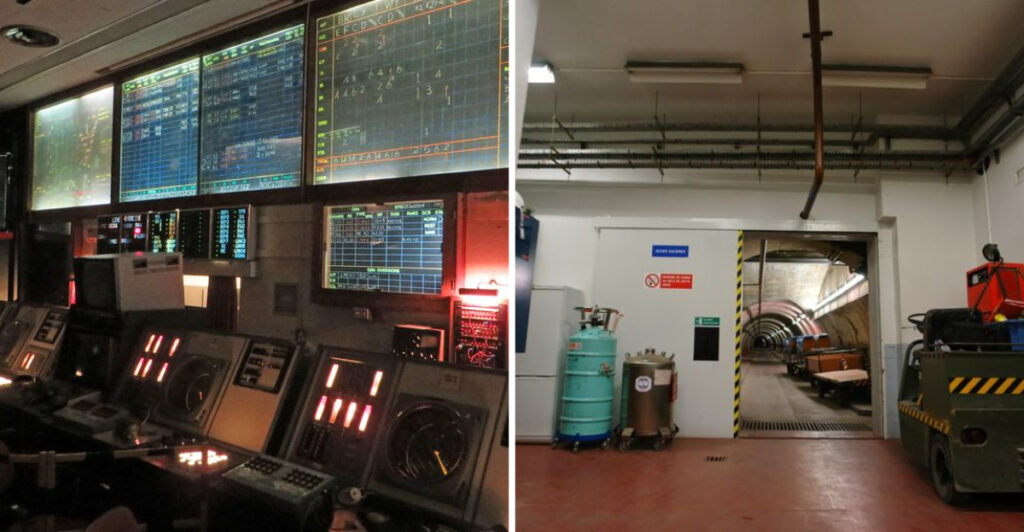Embarking on a six-month journey through 19 forgotten Cold War bunkers, I uncovered stories and artifacts that echoed the anxiety and preparation of a bygone era. Each bunker, untouched by time, held its own mysteries and chilling reminders of a world on edge. From decrepit control rooms to forgotten stockpiles, what I found inside was both haunting and fascinating, offering a glimpse into a world of secrecy and survival.
The Echoing Halls
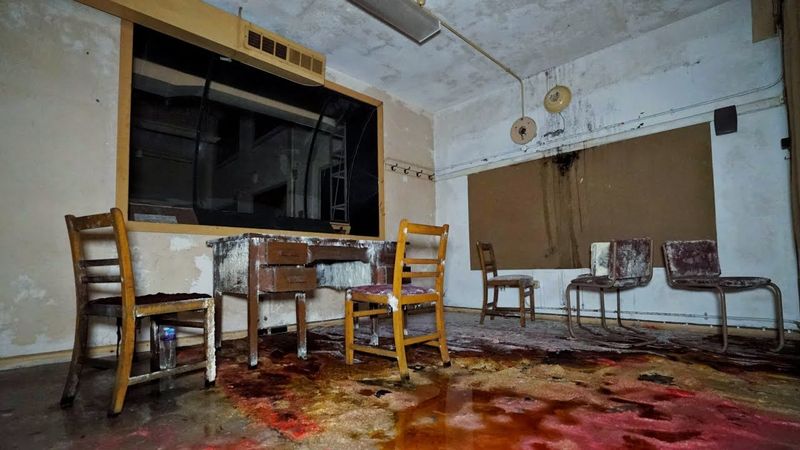
Amidst the desolate silence of the bunker, the echoing halls spoke volumes. Each footstep reverberated along the cold, concrete walls, telling tales of soldiers who once marched through these corridors. The flickering lights cast shadows that danced eerily, invoking a sense of unease and curiosity.
This place was a labyrinth of memories, where the past seemed to whisper through the cracks. Why were these bunkers left to decay? As I wandered, I imagined the bustling activity they once housed, now replaced by a haunting calm.
Forgotten Control Room
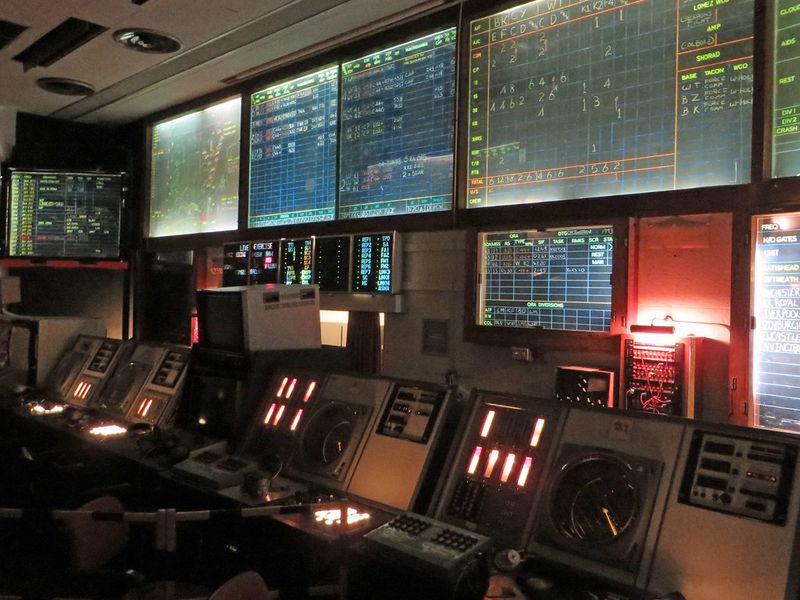
The control room, a relic of Cold War technology, was frozen in time. Dust-covered consoles and faded world maps adorned the walls, offering a glimpse into a past era of intense surveillance and strategy. Here, decisions that could alter the course of history were once made.
The sense of urgency that once filled this room was palpable, even in its silence. I pondered the minds that once occupied these seats, their eyes glued to the screens, monitoring the world beyond.
Abandoned Living Quarters
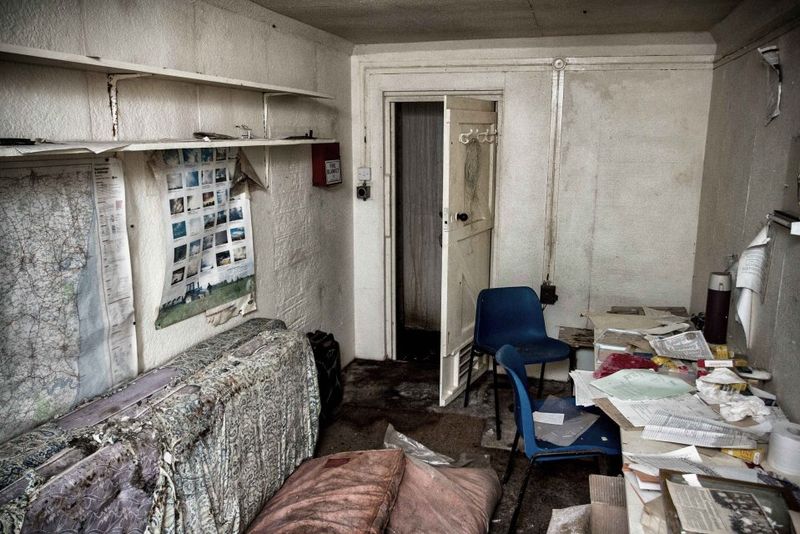
In the abandoned living quarters, rusted beds and decaying personal items painted a haunting picture of the past. These rooms, once filled with the chatter of soldiers and officers, now lay silent, their occupants long gone.
Personal mementos, forgotten and forlorn, lay scattered, hinting at the lives once lived within these walls. What stories could these relics tell? The air was thick with nostalgia, a ghostly reminder of a different time, a different world.
Sealed Storage Rooms
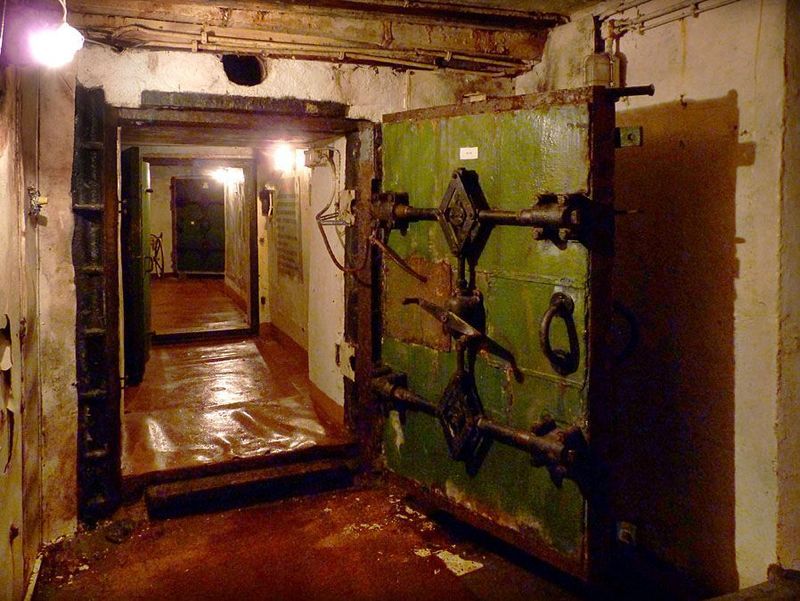
Sealed storage rooms, filled with crates and barrels, stood as silent sentinels of preparedness. Dust-covered and forgotten, these supplies were once vital for survival. Each crate held secrets of a time when the world teetered on the brink of disaster.
The musty air and dim light added to the sense of mystery. What hidden treasures lay within? The tension of the era was palpable, lingering in the very foundations of these rooms, a stark reminder of a world always on alert.
The War Room
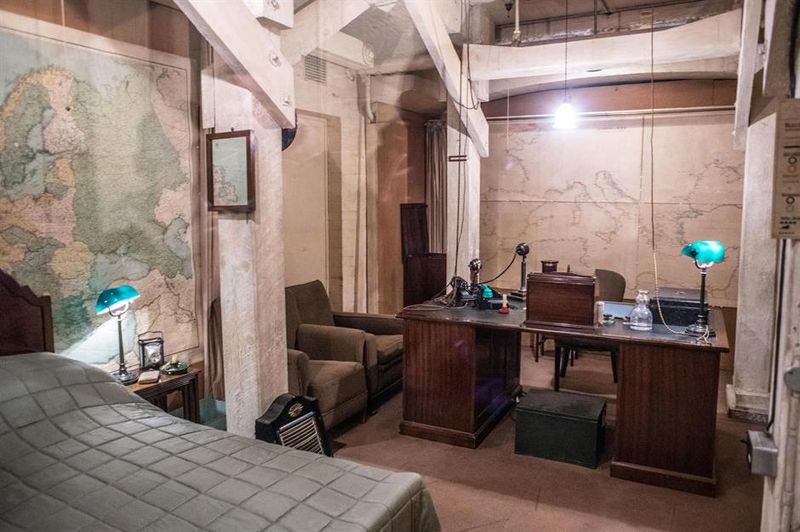
The war room was a place of intense strategizing and decision-making. Its dimly lit interior, dominated by a large central table and aged communication equipment, felt charged with the energy of history. Here, plans were drawn, and futures decided.
The weight of past conflicts lingered in the air, an invisible presence that seemed to observe the present. I mused on the discussions that once filled this room, shaping the world outside these fortified walls.
Hidden Escape Tunnels
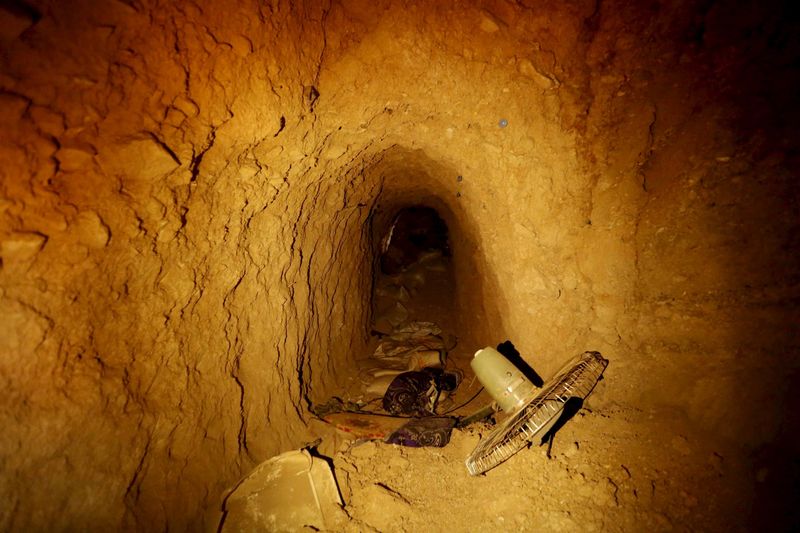
The hidden escape tunnels, narrow and foreboding, were an enigma. Partially collapsed with debris, they whispered of desperate exits and secret routes. These passages were a lifeline, a last resort for those who once inhabited the bunker.
As I navigated these dark corridors, I felt the pulse of history beneath my feet. What stories of escape and evasion could these walls tell? The tunnels were a testament to the ingenuity and desperation of a world in constant peril.
Decaying Mess Hall

In the decaying mess hall, overturned tables and rusty kitchen equipment told of communal meals and camaraderie now lost to time. The silence here was deafening, a stark contrast to the bustling activity it once knew.
Each corner of the room held echoes of laughter and conversation, now replaced by an eerie stillness. This space, once a hub of social interaction, stood as a testament to the passage of time and the fragility of human endeavors.
The Commander’s Office
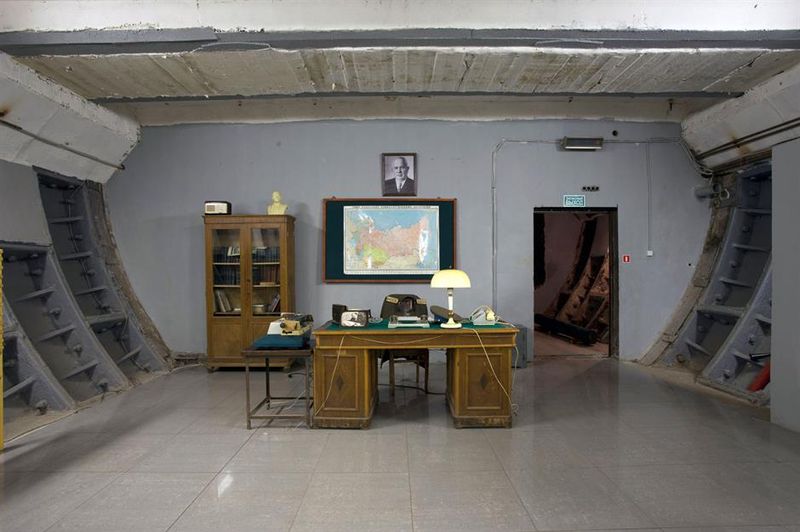
The commander’s office, with its large wooden desk and dust-covered personal items, exuded authority and leadership. This was the nerve center, where pivotal decisions were made and orders issued.
Personal artifacts hinted at the personality behind the rank, offering glimpses into the life of a person who once held sway over the bunker. A powerful presence lingered, a reminder of the command and control that once dominated this space.
Surveillance Room
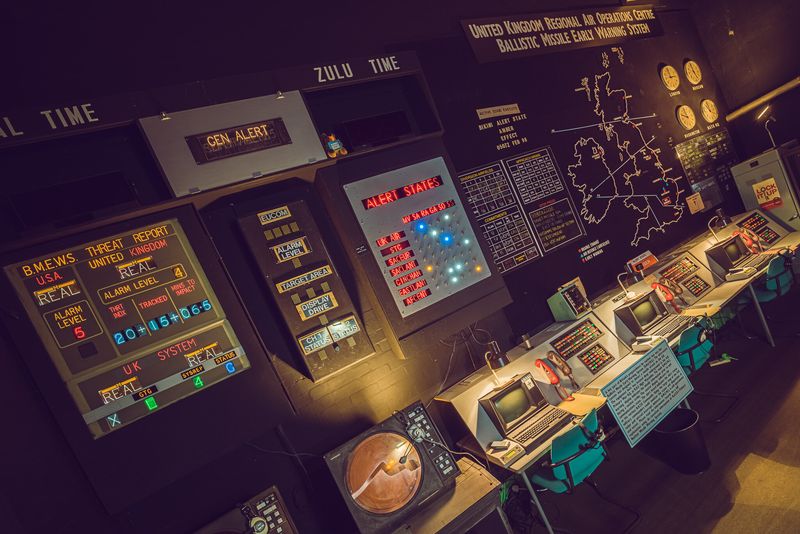
The surveillance room, filled with outdated monitors and recording equipment, was a silent sentinel of the past. Dusty and unused, it bore witness to the vigilance that once pervaded its confines.
Here, eyes once watched over every move, ensuring security and intelligence were maintained. The room’s eerie calm belied its once critical role in safeguarding secrets and monitoring the world beyond its walls.
The Armory

The armory, now empty and abandoned, once housed an arsenal ready to defend and retaliate. Empty racks and scattered ammunition told of a time when readiness was paramount.
This place, designed for rapid response, now stood as a hollow reminder of the anxieties of the era. The weight of its history was tangible, a testament to the fears and preparations that defined the Cold War period.
The Library of Unread Books
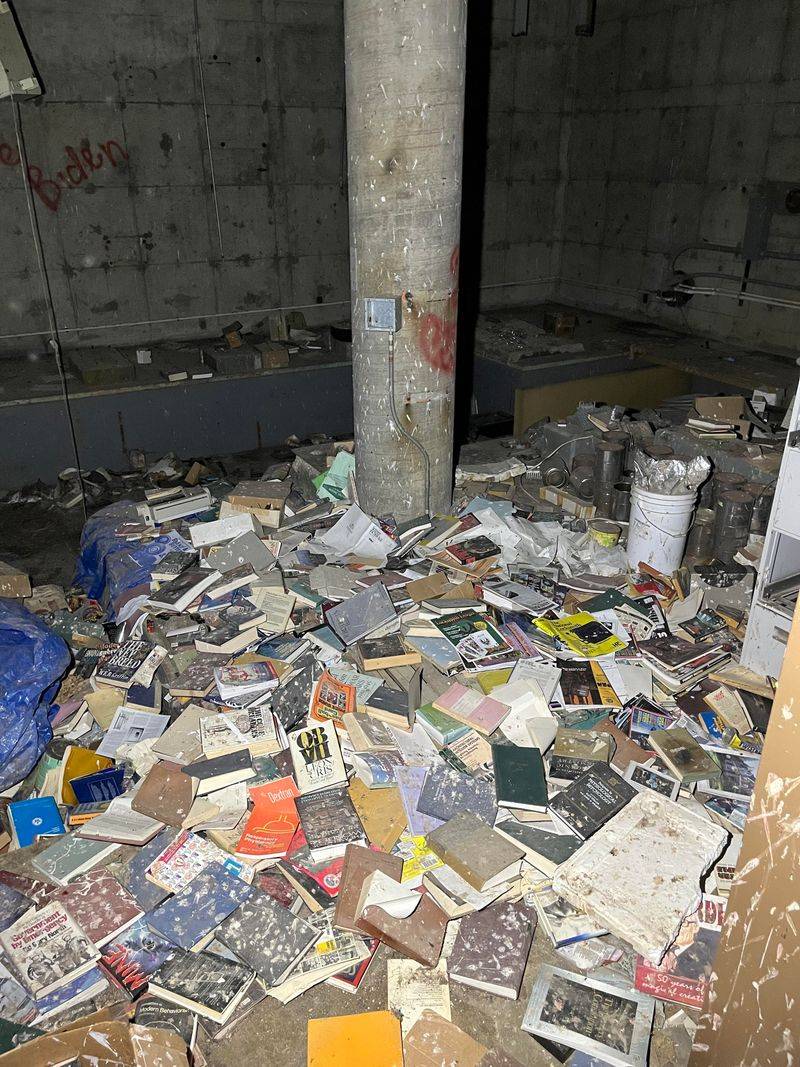
Tucked away in a corner of the bunker was a library, frozen in time. Shelves creaked under the weight of unread books, their pages yellowed and brittle. The air was thick with dust, each breath like inhaling history itself.
In this silent sanctuary, titles on strategy and survival mingled with novels and forgotten scientific journals. A testament to the hopes and fears of those who once sought refuge here.
This library, abandoned yet somehow alive, whispered the intellectual pursuits of a world on edge. Did they ever imagine these books would remain unopened for decades?
The Chapel of Solitude
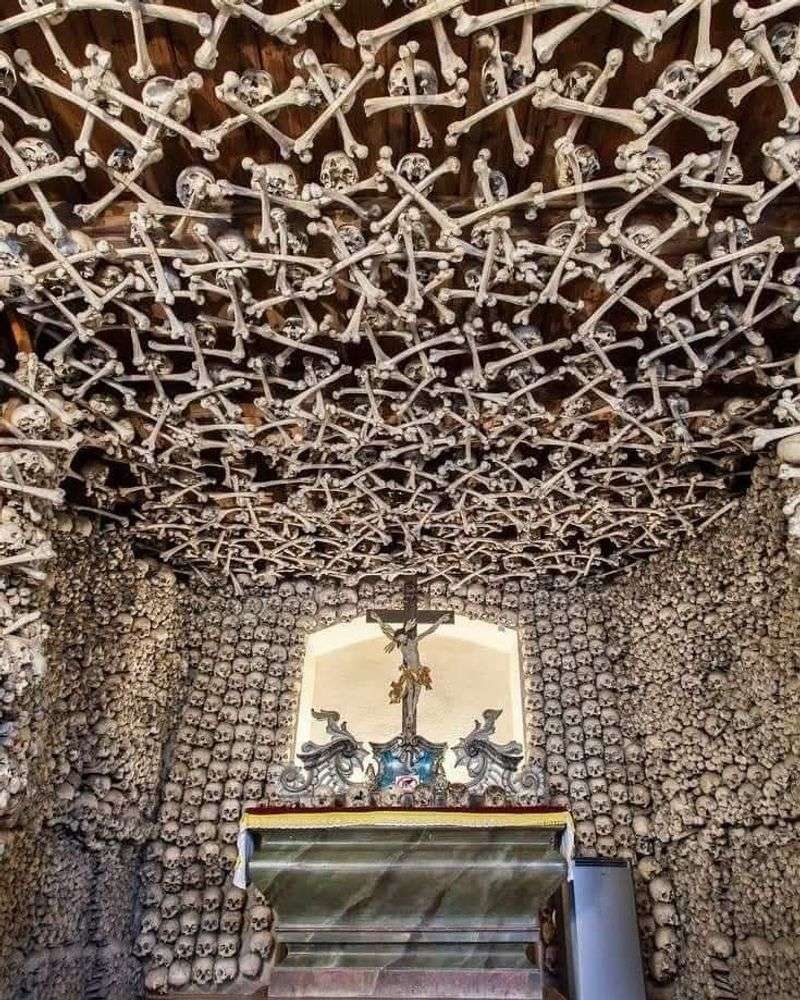
In the depths of the bunker, a small chapel stood, a place of solace amid chaos. Its pews, covered with dust, awaited worshippers who never came. A wooden cross hung solemnly at the altar, casting long shadows in the dim light.
Candles, long melted away, left behind waxy remnants of silent prayers offered in desperation. The air was thick with reverence, a poignant reminder of faith in the face of uncertainty.
This chapel, a sanctuary for weary souls, whispered tales of hope and resilience amid the threat of annihilation.
The Art Gallery of Anxiety
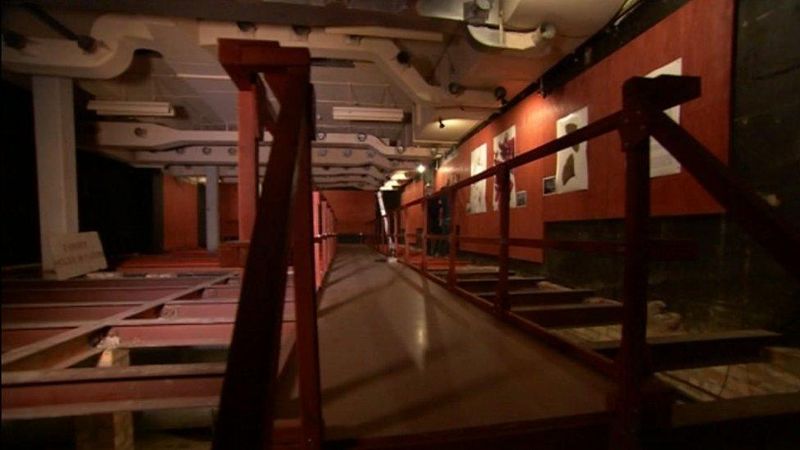
Hidden within the concrete confines was an art gallery, showcasing the anxiety of the era. Faded paintings lined the walls, depicting scenes of conflict and survival. Each brushstroke, a frozen scream of a world on the brink.
The dim lighting cast eerie shadows, enhancing the sense of foreboding. Paintings captured the psychological turmoil of artists who lived under the constant threat of war.
This gallery, a visual diary of dread and hope, remains a haunting reminder of the human spirit’s resilience in times of darkness.
The Kitchen of Scarcity
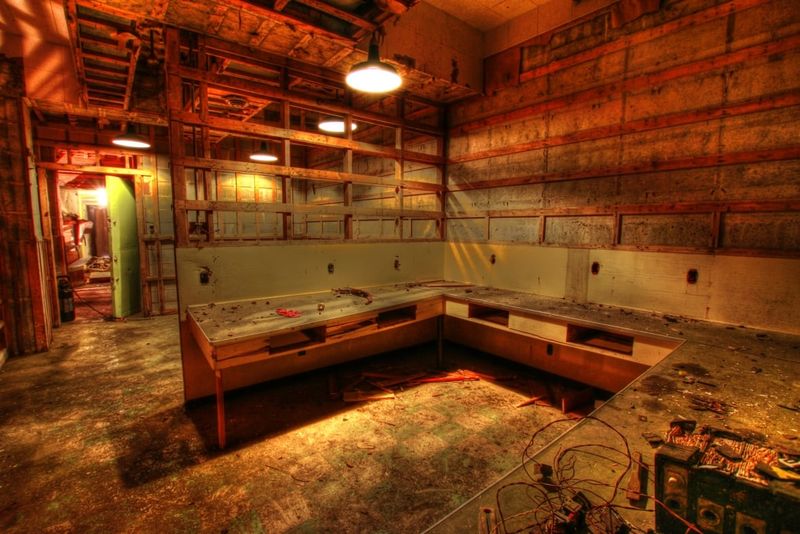
Entering the bunker kitchen was like stepping into an era of scarcity. Rusted utensils lay scattered, a stark contrast to the decaying cans of food that lined the dusty shelves.
The atmosphere was gloomy, filled with an unsettling silence that echoed the uncertainty of a world constantly preparing for war. Here, the essentials of life were preserved, ready for a future that, thankfully, never came.
This kitchen, a snapshot of survival instincts, recounts the everyday struggles faced by those who braced for the worst.
The Nursery of Lost Dreams
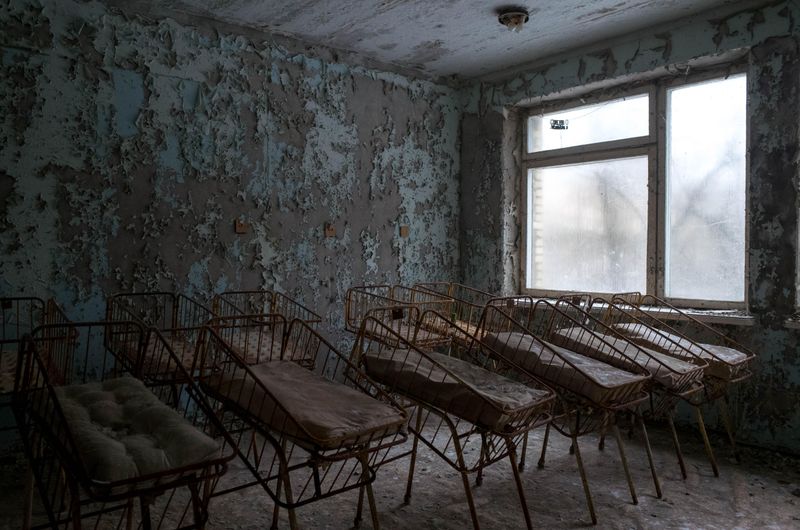
The nursery, a poignant reminder of innocence amid peril, was untouched by time. Dusty toys lay scattered across the floor, while empty cribs stood against faded wallpaper that once brightened children’s dreams.
In the eerie silence, one could almost hear the laughter of children who might have played here. This room, filled with remnants of hope, tells the story of families preparing for a bleak future.
Here, the contrast between childhood innocence and the harsh realities of war is stark, leaving an indelible mark on all who enter.
The Laboratory of Forgotten Experiments
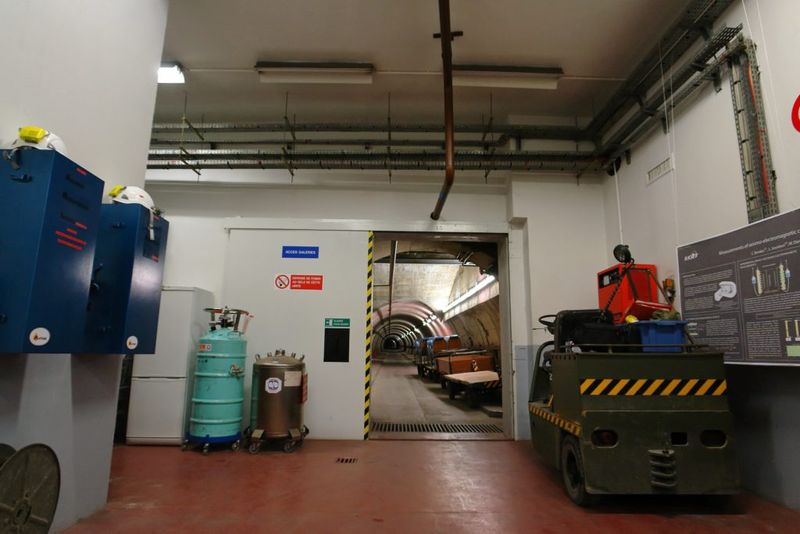
Tucked away in the bunker was a laboratory, once buzzing with scientific curiosity. Now, the dusty equipment lay still, casting eerie shadows across the room.
Old scientific apparatus hinted at experiments long forgotten, their results lost to time. Each piece told a story of innovation driven by necessity, in a world hungry for survival.
This laboratory, a monument to human ingenuity, serves as a reminder that even in darkness, the quest for knowledge never falters.
The Garden of Desolation
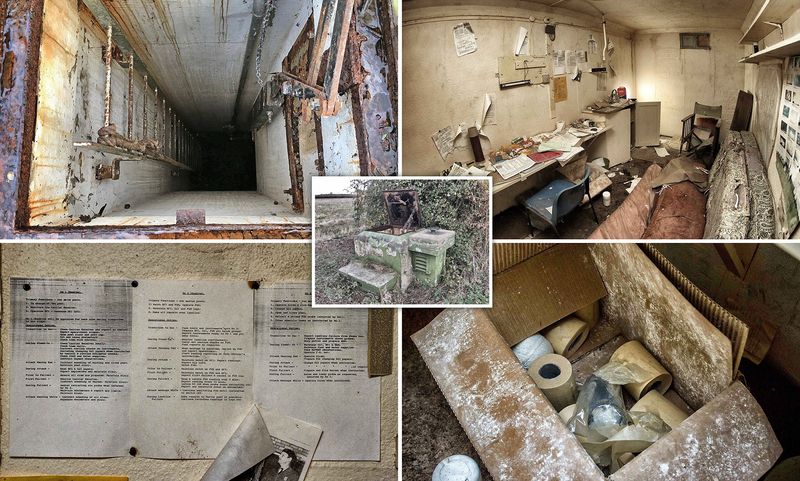
Amidst the cold concrete, a small garden struggled for survival. Withered plants stood in broken pots, a poignant symbol of nature’s resilience against all odds.
The dim light filtering through cracks offered little hope for growth, yet life clung on. This garden, a forgotten oasis, whispered stories of despair and determination.
In this desolate space, the delicate balance between life and destruction was laid bare, reminding us of nature’s enduring spirit.
The Theater of Shadows
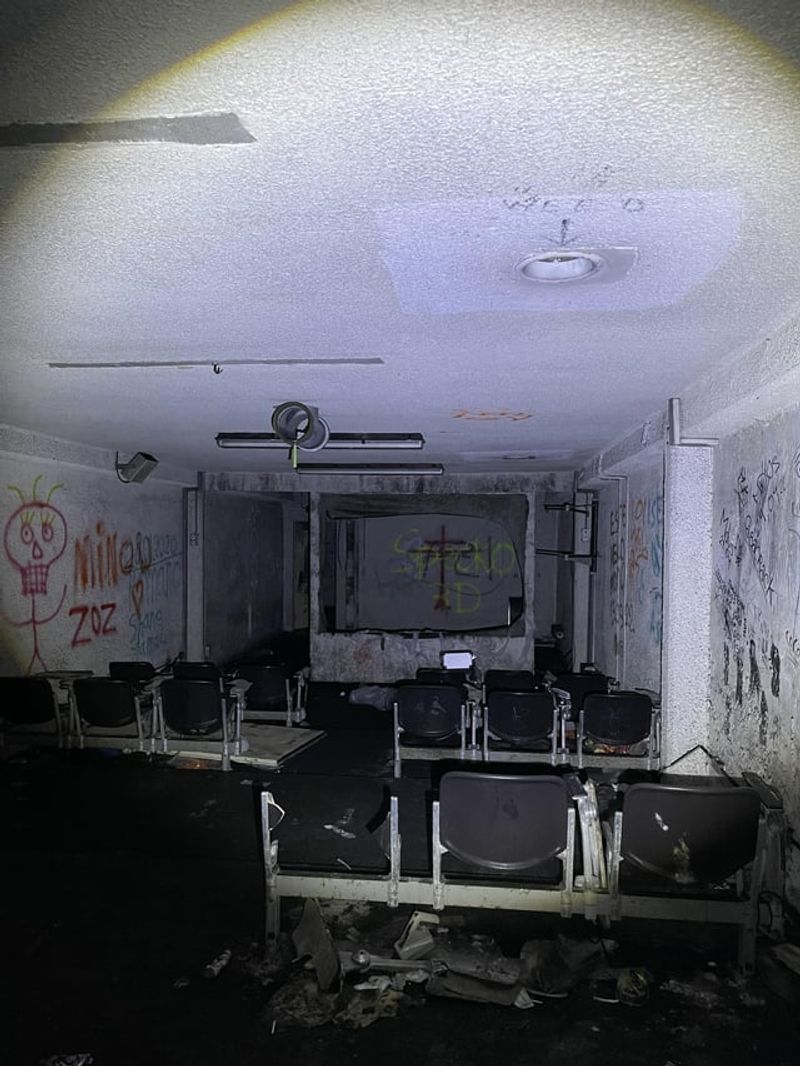
Deep within the bunker was a theater, a place where stories once came to life. Dusty seats faced an old projector, now silent, casting its final reels onto a faded screen.
The echoing silence filled the room, a stark contrast to the vibrant performances that once graced its stage. Here, imagination provided a temporary escape from reality.
This theater, with its stories lost to time, reflects the power of art to inspire and distract, even in the darkest of times.
The Workshop of Abandoned Crafts
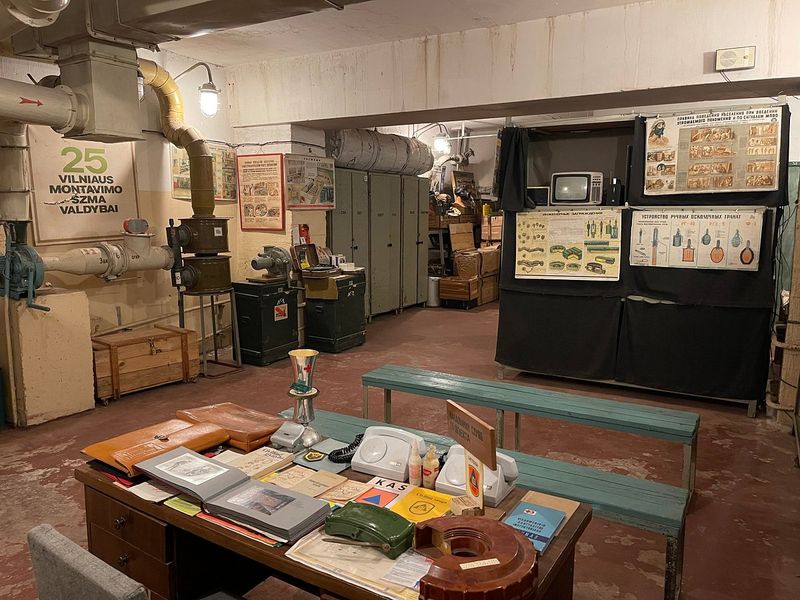
In a forgotten corner of the bunker was a workshop, where creativity once thrived. Rusted tools lay abandoned on a dusty workbench, alongside unfinished projects.
The dim light revealed intricate designs, a testament to the skills of those who sought refuge here. In this space, the balance between utility and art was delicately maintained.
This workshop, with its echoes of industry and craft, stands as a tribute to the resilience and resourcefulness of the human spirit.

